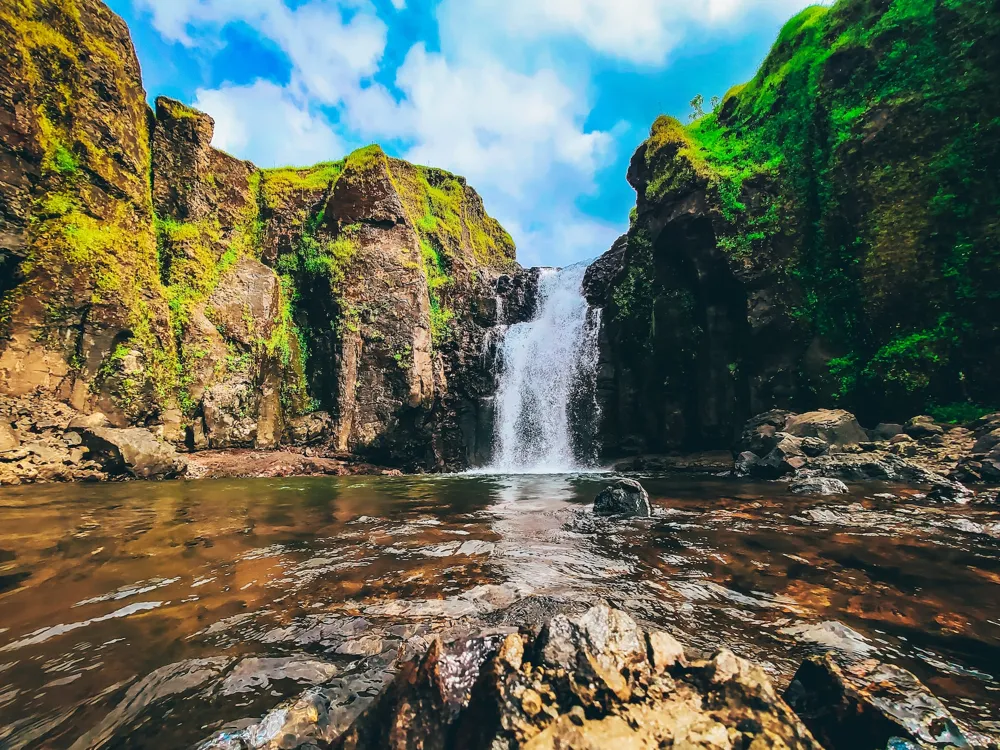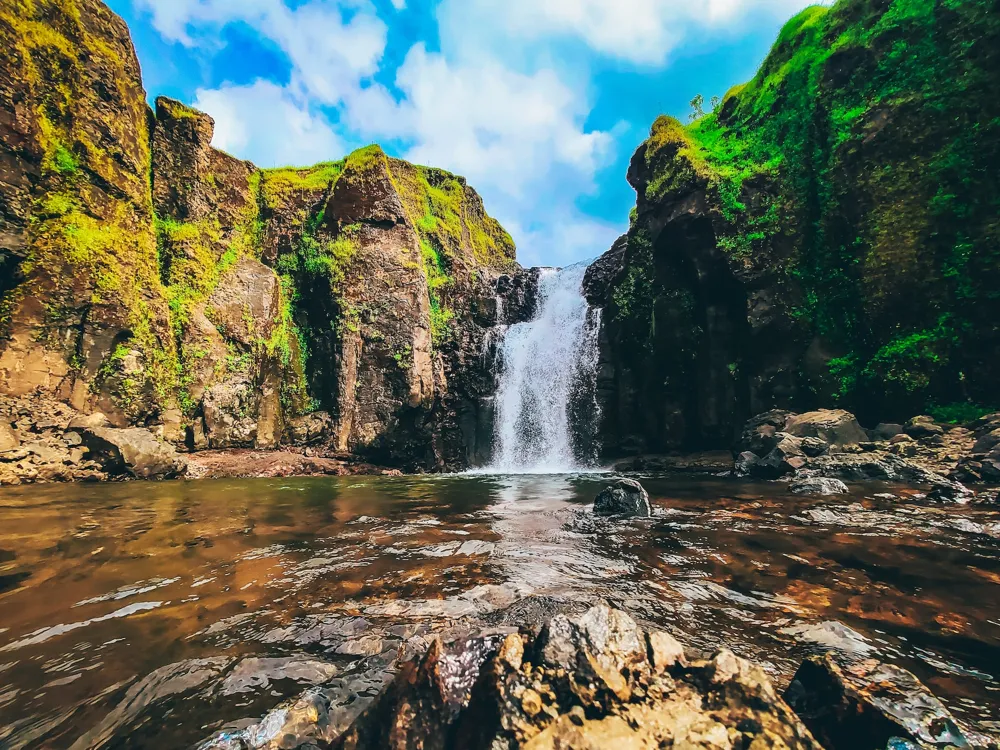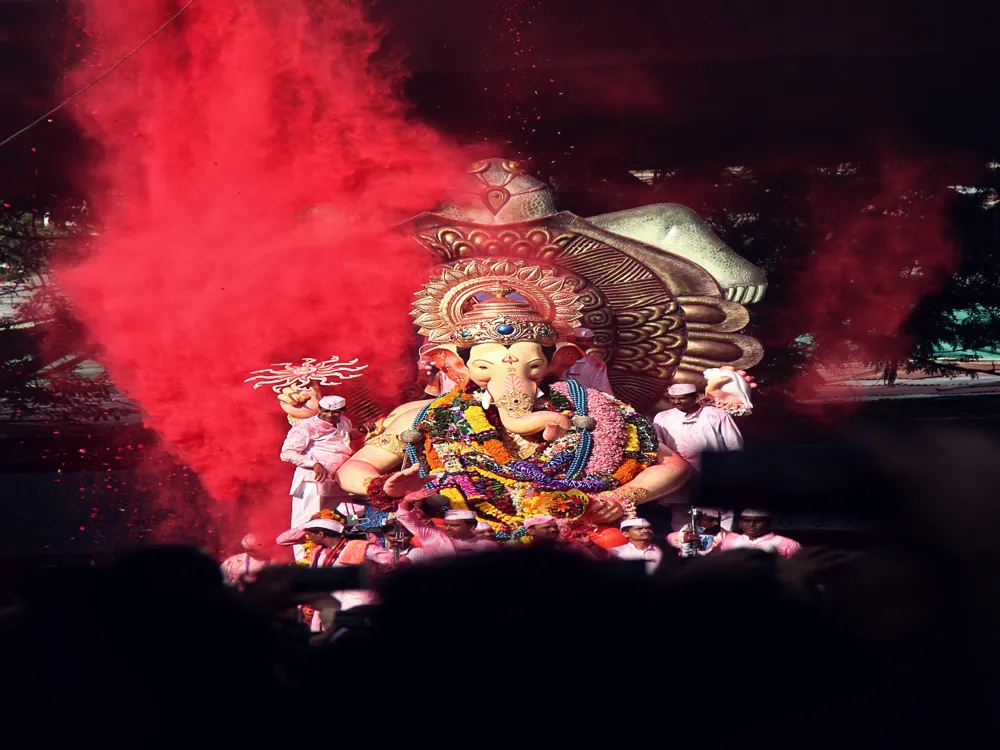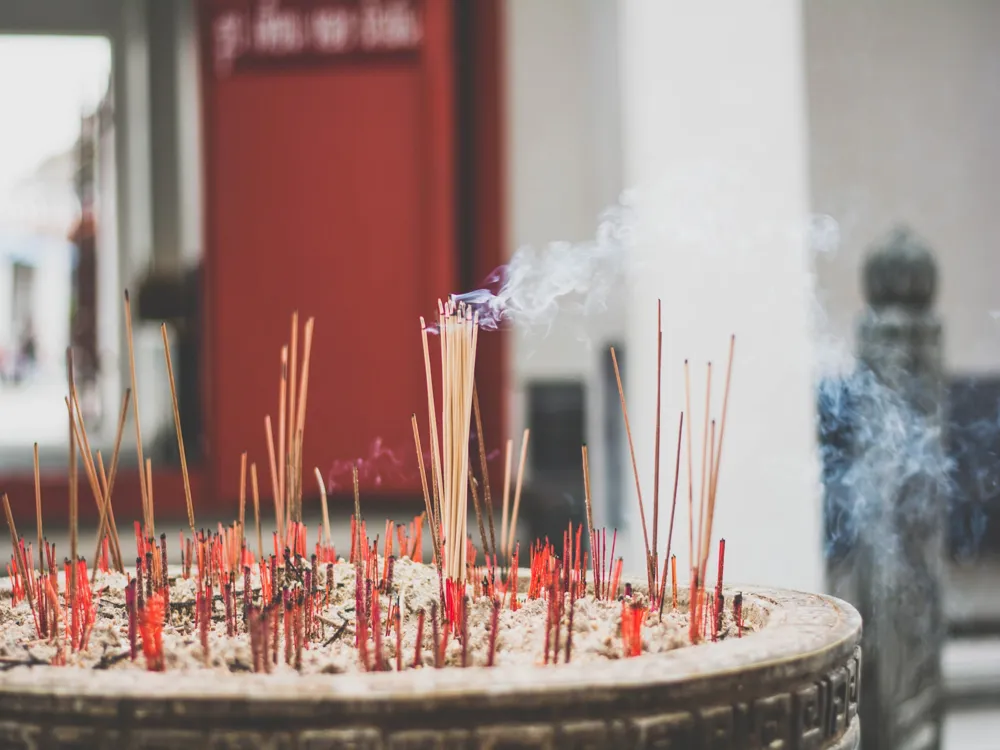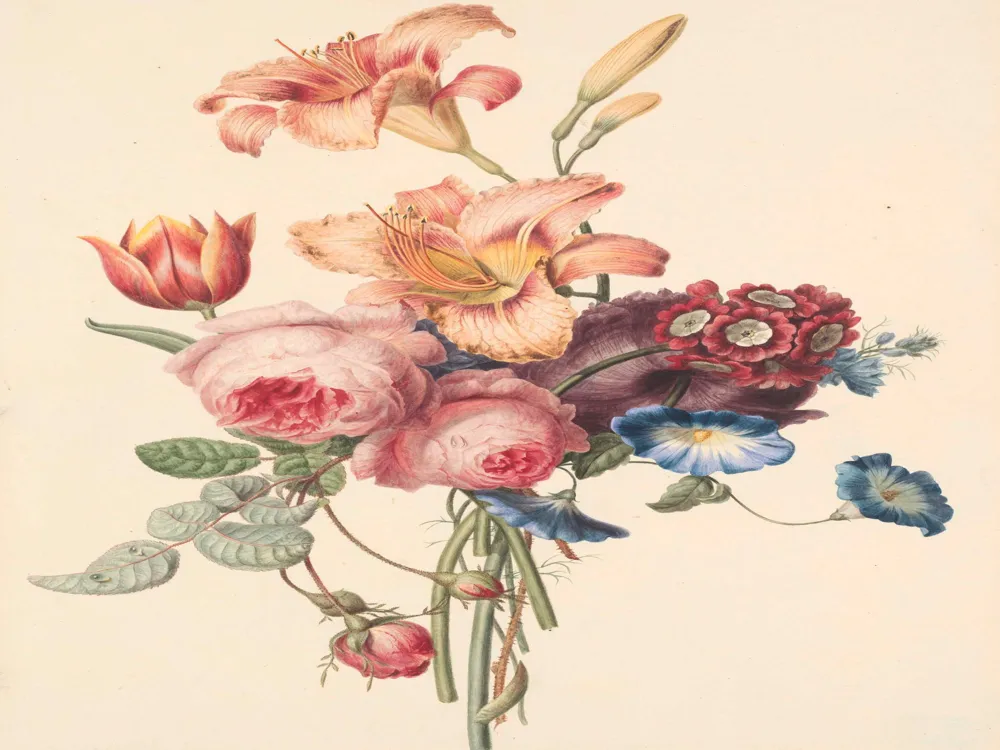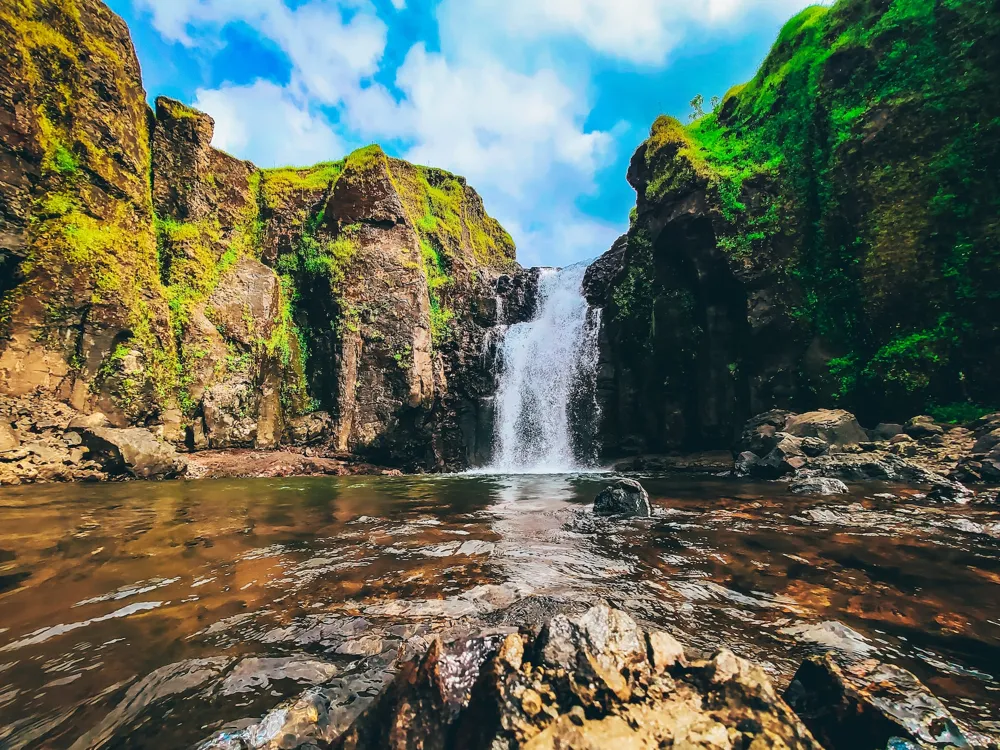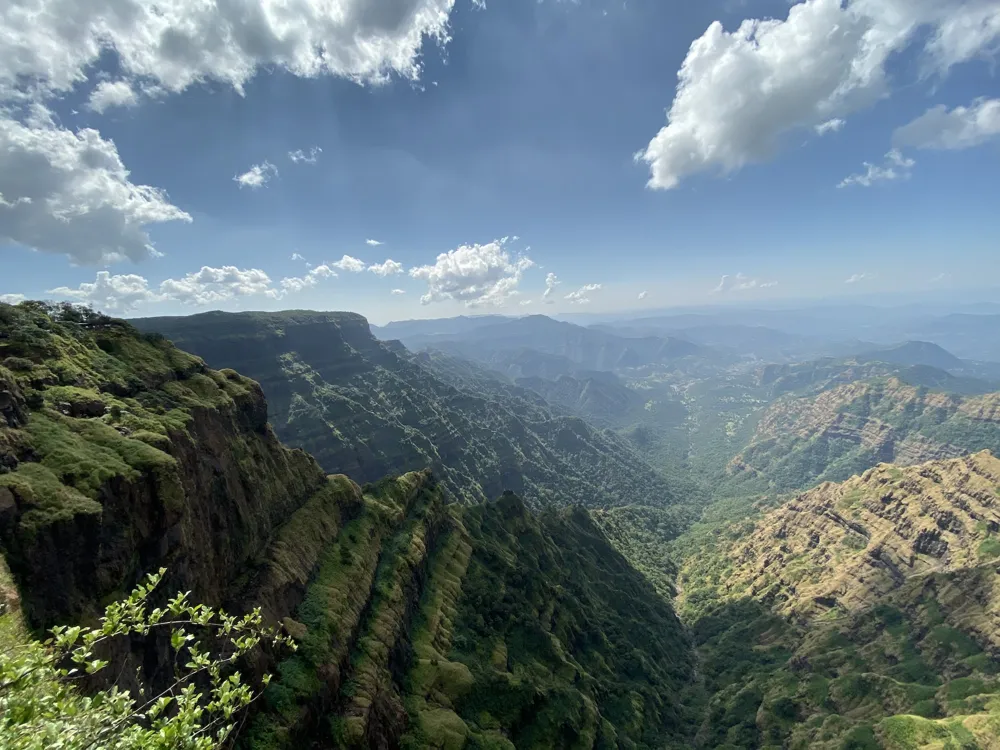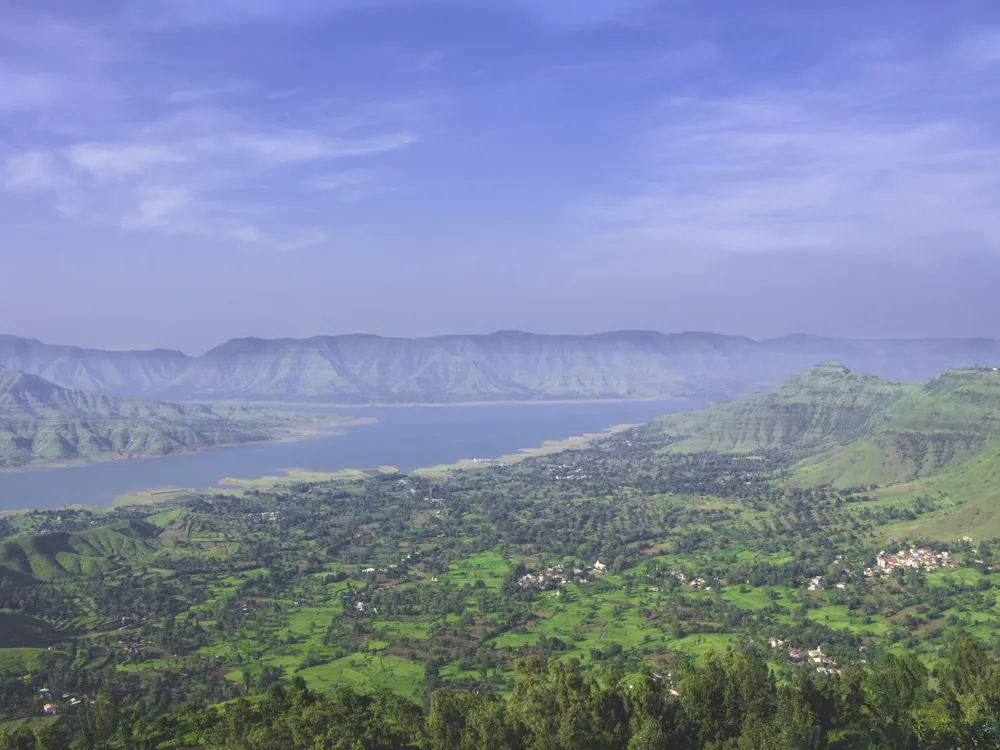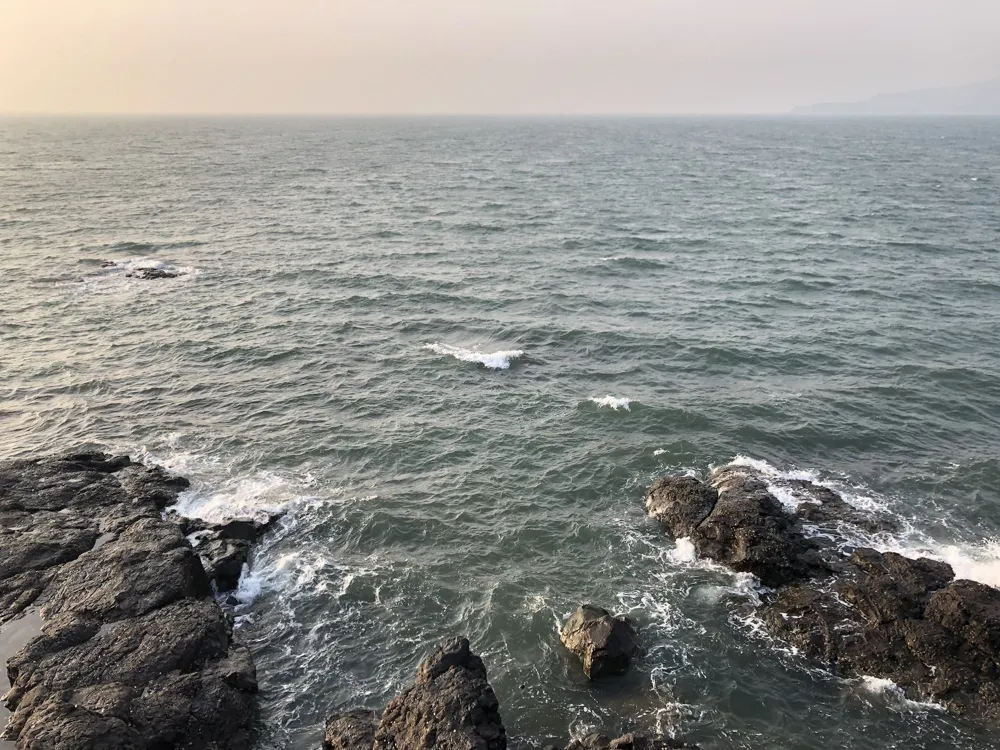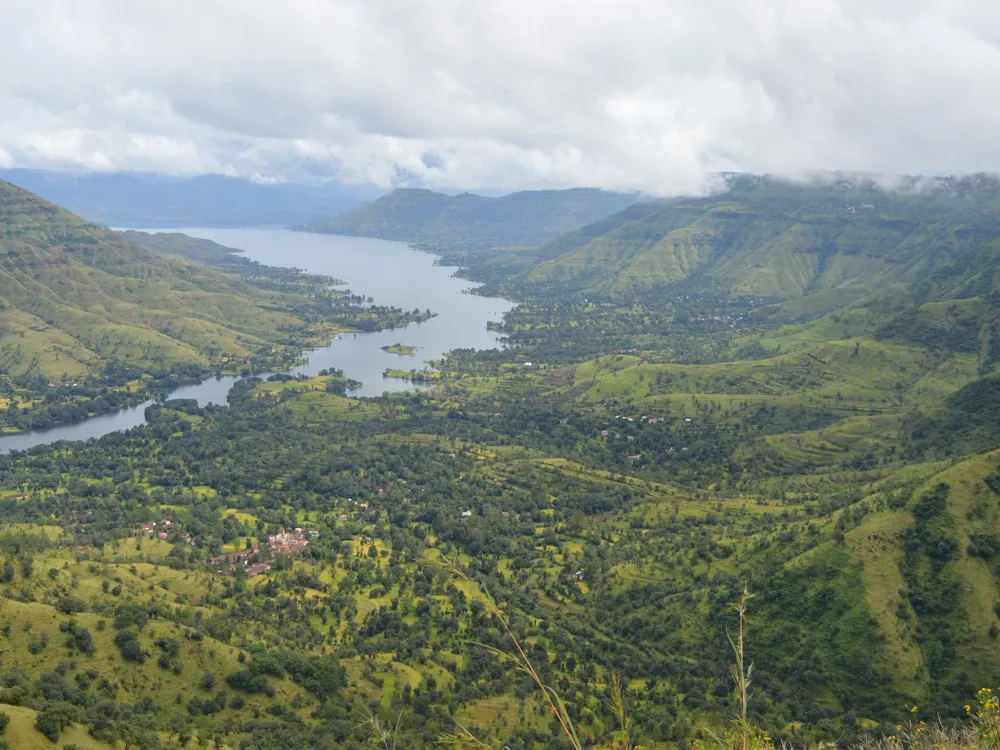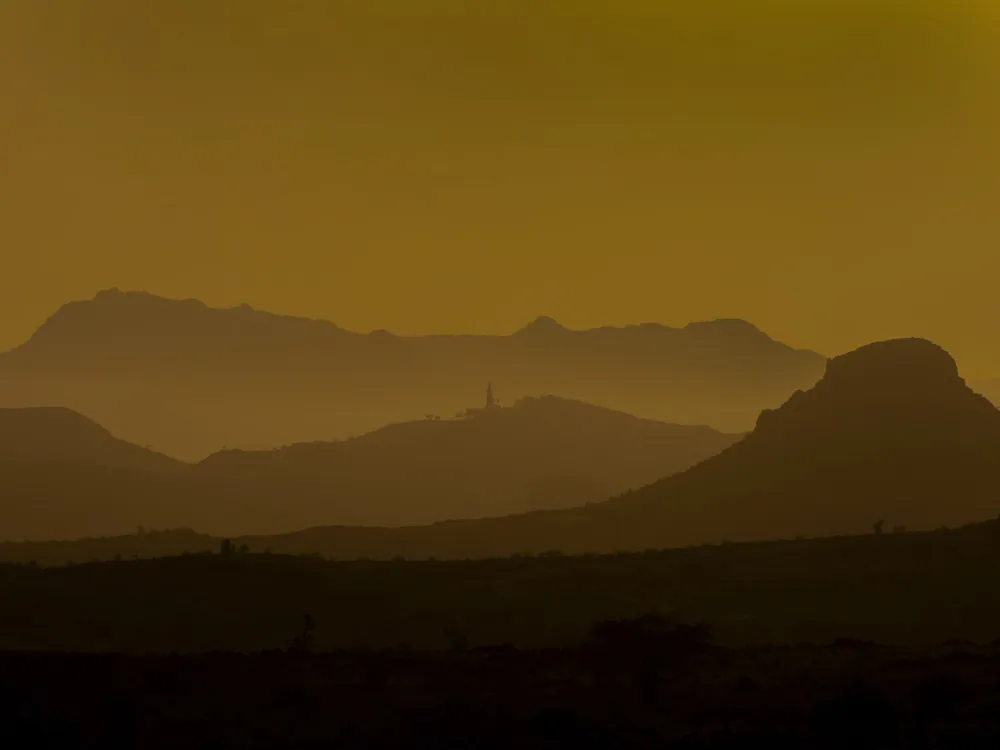Panhala Fort, nestled in the Sahyadri mountain range of Maharashtra, stands as a majestic testament to India's rich history. Located near Kolhapur, this fort is not just an architectural marvel but also a symbol of the Maratha Empire's resilience. The fort's history dates back to the 12th century, making it over 800 years old. It has witnessed numerous battles and has been under the reign of several dynasties, including the Yadavas, Bahamanis, Adil Shahi, and the Marathas. The most notable period in its history was under the Maratha ruler Shivaji Maharaj, who used it as a strategic location against his adversaries. The fort's expansive area covers approximately 7.25 kilometers and is situated at an altitude of 977 meters above sea level, offering breathtaking views of the surrounding landscape. Its strategic location made it an important watchpost, guarding the trade routes through the Western Ghats. The fort comprises multiple gateways, bastions, and ancient structures, each telling a story of its glorious past. Among its architectural highlights are the Teen Darwaza, Dharmakothi, Ambarkhana, and Sajja Kothi, which showcase a blend of Marathi and Mughal architectural styles. The Ambarkhana was used for storing grains and supplies, highlighting the fort's self-sufficiency during sieges. The architecture of Panhala Fort is a marvel in itself, showcasing the ingenuity of ancient Indian engineering. The fort's design is a fusion of the Maratha and the Bijapuri styles, reflecting the various cultures that influenced its construction over the centuries. The fortification walls, made from large stones, are interspersed with bastions that provide a vantage point for soldiers to keep watch. The walls are also adorned with intricate carvings and motifs, which are typical of Maratha architecture. One of the most fascinating aspects of the fort's architecture is its defensive mechanisms. The fort has several secret exits and entrances, which were used during emergencies or surprise attacks. The most famous among these is the Andhra Bavadi, a three-level underground tunnel that provided a secure escape route. The fort's design also includes water storage systems, ensuring a constant water supply during long sieges. The granaries and administrative buildings within the fort demonstrate the efficient management of resources and governance that prevailed during its time. The ideal time to visit Panhala Fort is from October to March when the weather is pleasant. The monsoon season, though scenic, can make the trek challenging due to slippery paths. Comfortable clothing and sturdy shoes are recommended as there's a lot of walking involved. Do carry hats or umbrellas for sun protection. Opting for a guided tour can enhance your experience as guides provide in-depth historical insights and help you explore hidden gems within the fort. Always stay on marked paths and avoid venturing into restricted areas for safety. Keep hydrated and carry water and snacks. Photography enthusiasts will find numerous spots for capturing the fort's beauty. However, respect the site's rules regarding photography. Panhala Fort is easily accessible from Kolhapur, which is well-connected by road, rail, and air. The nearest airport is in Kolhapur, about 20 km from the fort. Kolhapur Railway Station is the closest railhead, connected to major cities in Maharashtra and neighboring states. From Kolhapur, one can hire taxis or take buses to reach Panhala Fort. The drive is scenic and takes approximately 45 minutes. For those who prefer public transport, frequent state-run buses ply to Panhala from Kolhapur's central bus stand. Read More:Overview of Panhala Fort in Kolhapur, Maharashtra
Architecture of Panhala Fort
Tips When Visiting Panhala Fort
Best Time to Visit
What to Wear
Guided Tours
Safety Measures
Photography
How to Reach Panhala Fort
Panhala Fort
Kolhapur
Maharashtra Goa
NaN onwards
View kolhapur Packages
Weather :
Label : Must Visit
Tags : Forts & Palaces
Time Required : 2-3 hrs
Entry Fee : No entry fee
Trekking Time : 1 Hour
Built B : Bhoja II, Adil Shah
Planning a Trip? Ask Your Question
Kolhapur Travel Packages
View All Packages For Kolhapur
Top Hotel Collections for Kolhapur

Private Pool

Luxury Hotels

5-Star Hotels

Pet Friendly
Top Hotels Near Kolhapur
Other Top Ranking Places In Kolhapur
View All Places To Visit In kolhapur
View kolhapur Packages
Weather :
Label : Must Visit
Tags : Forts & Palaces
Time Required : 2-3 hrs
Entry Fee : No entry fee
Trekking Time : 1 Hour
Built B : Bhoja II, Adil Shah
Planning a Trip? Ask Your Question
Kolhapur Travel Packages
View All Packages For Kolhapur
Top Hotel Collections for Kolhapur

Private Pool

Luxury Hotels

5-Star Hotels

Pet Friendly







